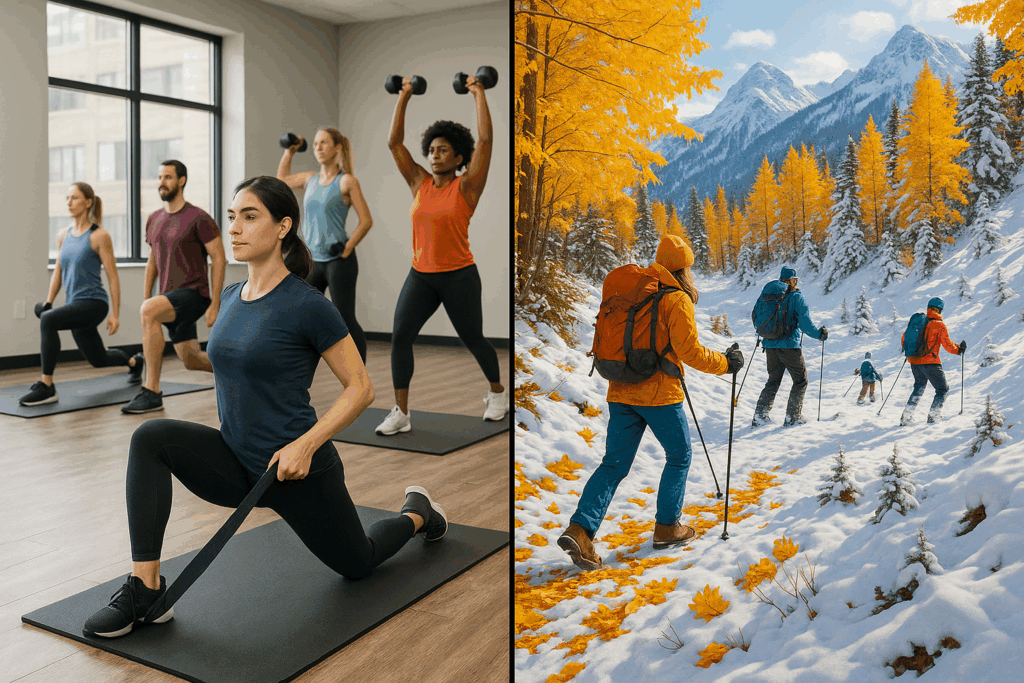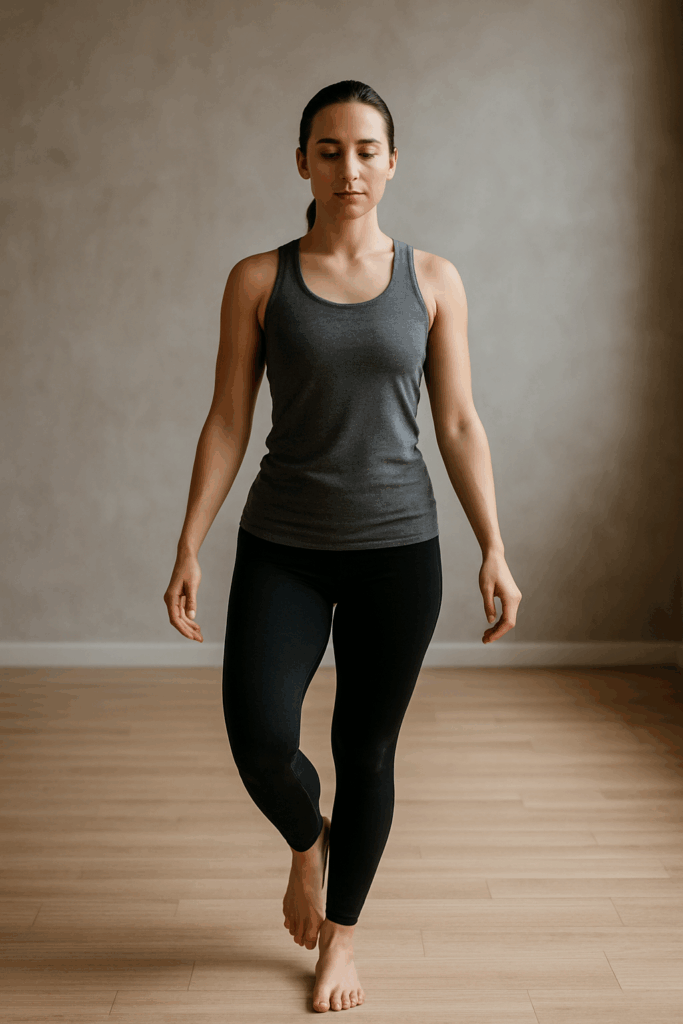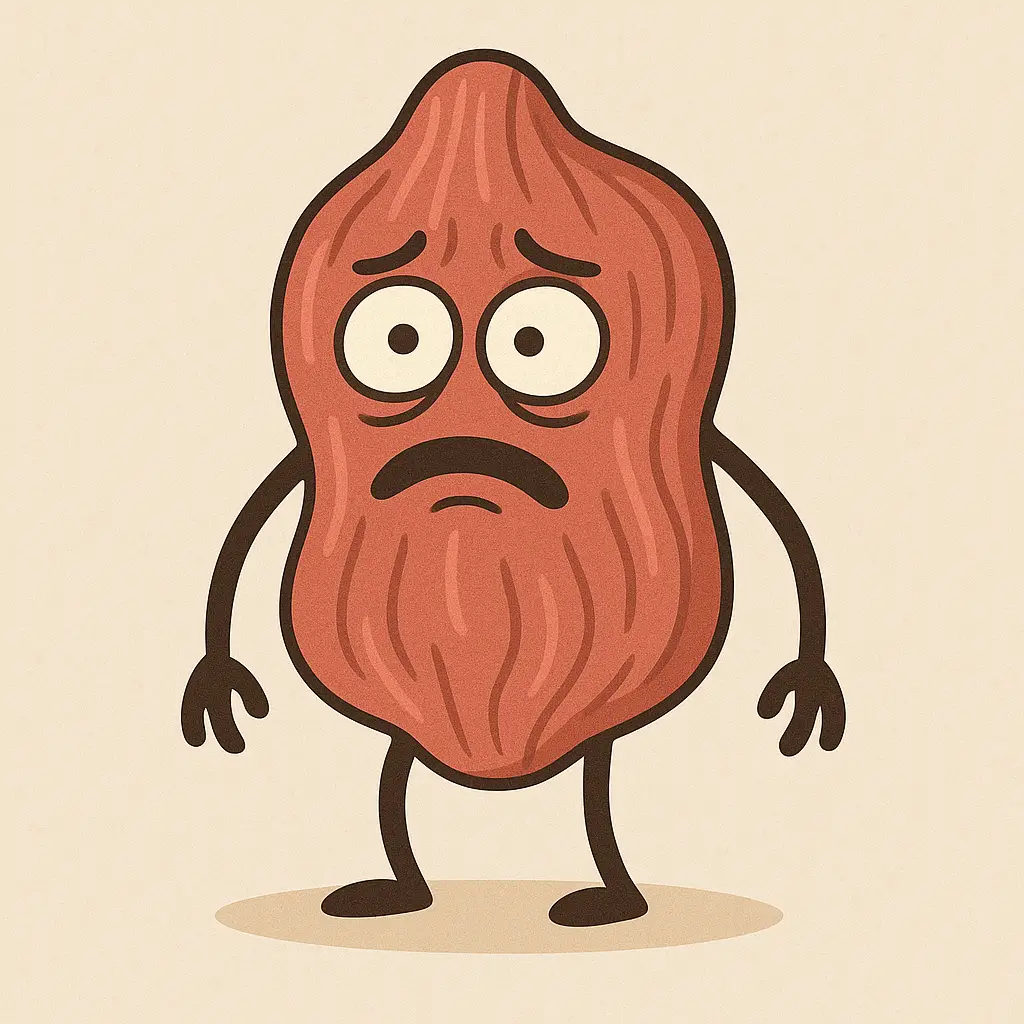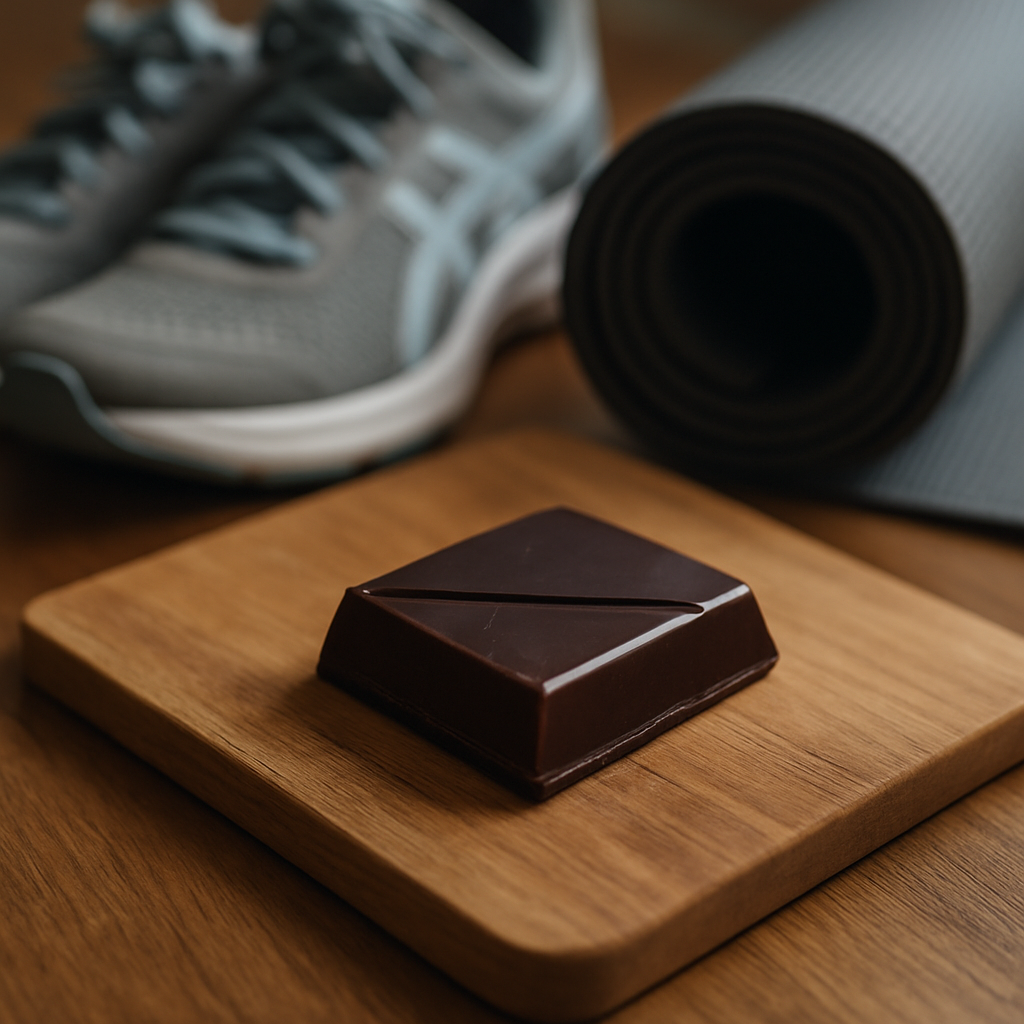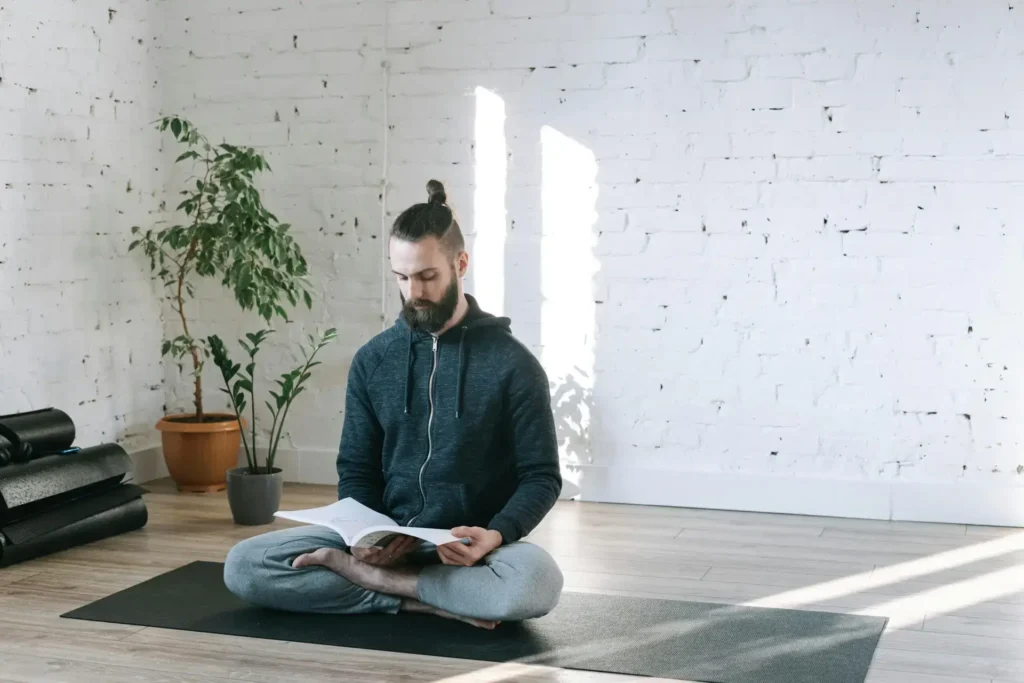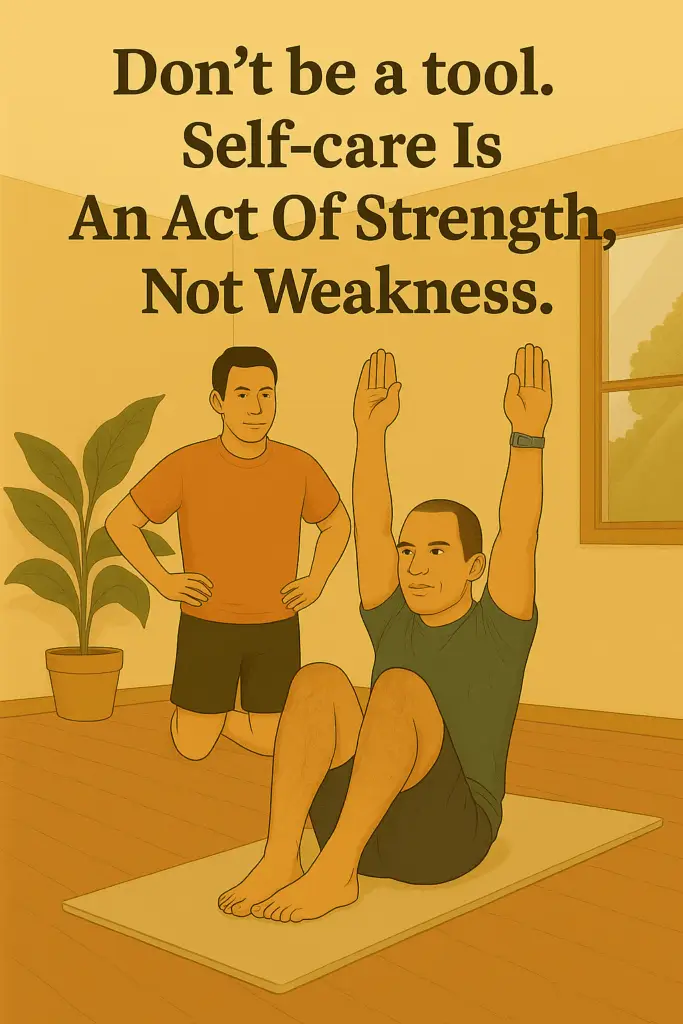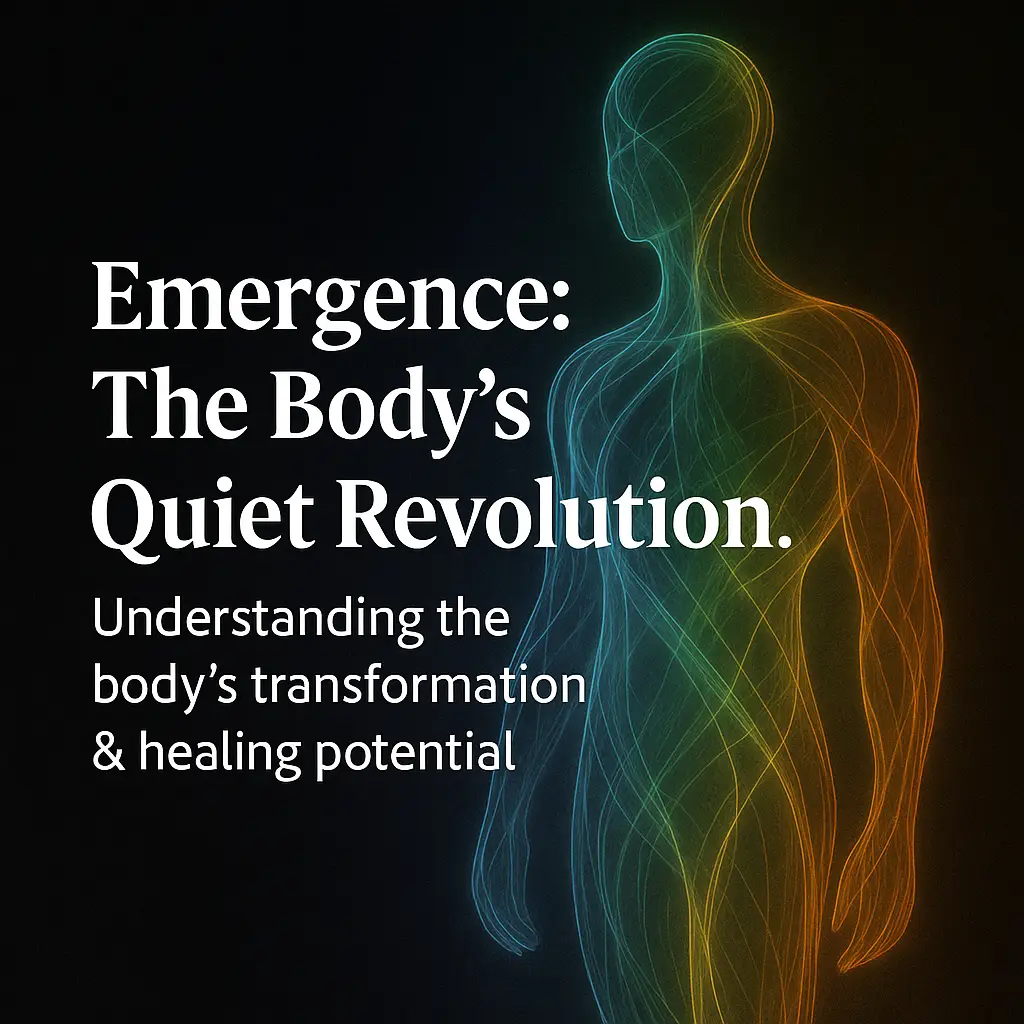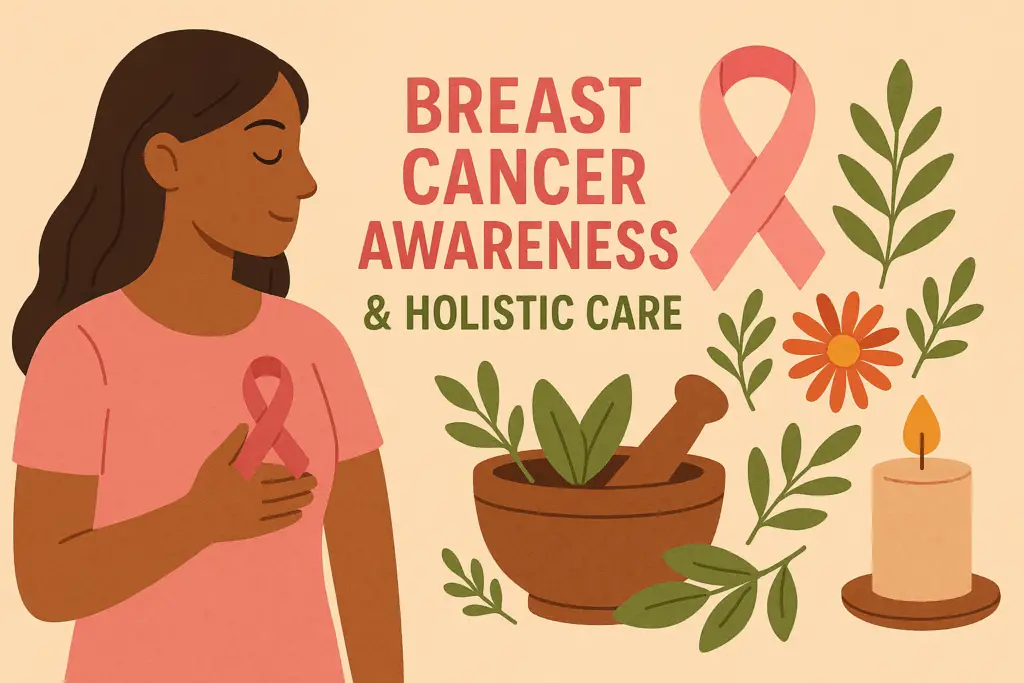
The Missing Link in Recovery
Breast cancer awareness is more than checkups—it’s about moving well, healing fully, and supporting quality of life beyond treatment. Fascia, often overlooked, is the connective tissue that holds the body together. Keeping it healthy with the right movement is crucial before, during, and after cancer therapy.
Understanding Fascia and Why It Matters
What Is Fascia and How Does It Affect Recovery?
- Fascia forms a network through muscles, organs, and nerves. Cancer therapy often causes tightness, scarring, or pain by affecting the fascia in the chest, shoulders, and arms.
- Scientific reviews confirm that gentle movement and myofascial release help restore comfort and motion, reduce pain, and decrease the risk of complications like lymphedema after surgery or radiation.
Evidence-Backed Movement Strategies
- Leading cancer clinics and physical therapists recommend progressive, supervised exercise and mindful stretching for recovery—never “push through pain,” always “restore with patience”.
- Mobility routines—such as wall slides or open-arm postures—are safe post-clearance from healthcare providers and are part of modern rehab protocols.
Practical Daily Habits
- Start with short walks and easy chest, shoulder, and arm stretches, increasing only as tolerated and guided by professionals.
- Focus on posture and breathwork to help create space and gentle movement around surgical or radiation areas.
- Drink water and eat nourishing food for tissue recovery and resilience.
Resources and Further Learning
For a comprehensive approach to movement and long-term health, explore our Holistic Guides: Holistic Guides
Authoritative External Source:
- American Cancer Society—Top Exercises That Improve Quality of Life for People with Metastatic Breast Cancer.
Follow the Thread—Where Movement, Fascia, and Freedom Align
Find more insight, reflection, and fascia-informed care:

